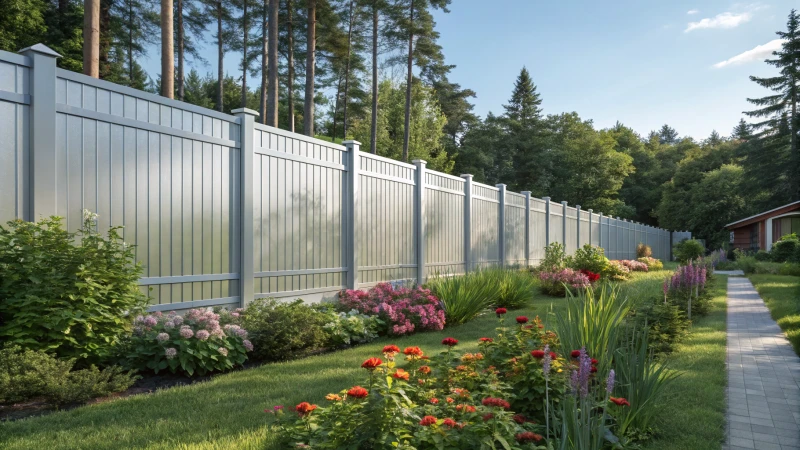
Painting iron fences and gates is crucial for protection against rust and weather damage while enhancing property aesthetics. A well-applied coat can save costs on replacements over time. Key steps include thorough cleaning, sanding, filling cracks, and applying a metal primer before painting with suitable rust-inhibitive paints. Regular maintenance every few years ensures longevity, especially in coastal areas where salt accelerates corrosion. Choosing the right paint type—oil-based or acrylic—based on climate conditions further extends the life of your iron structures. This guide provides practical tips to help homeowners maintain their iron gates and fences effectively.




